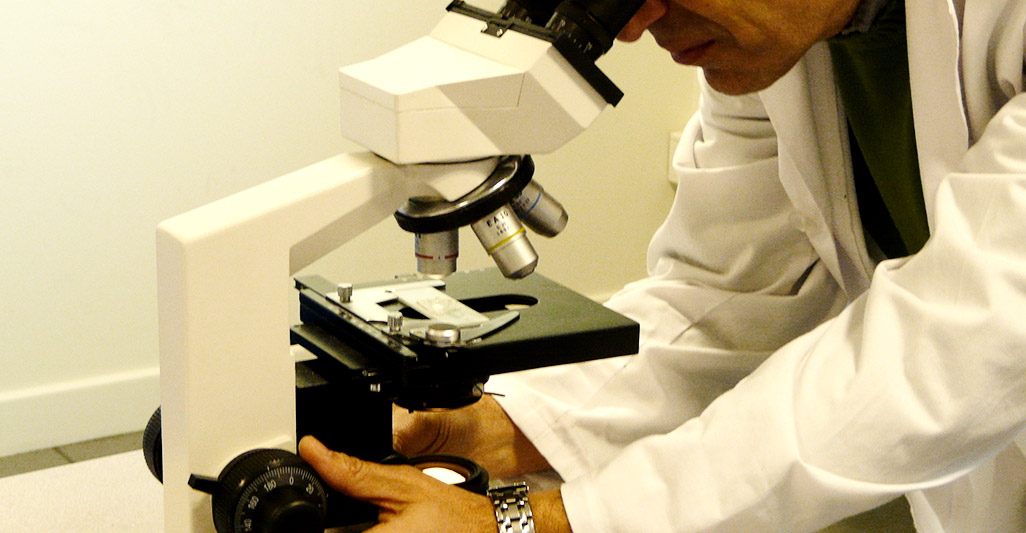Researchers and scientists who are concerned with true and valid ways to widen the knowledge in medicine, instead of running after their own career, have different available and reliable methods:
Clinic research
The majority of the discoveries and medical success is due to clinical observation on human beings. Studying the illness and its effect on the people affected with it, and observing it with non invasive methods, provides a wide number of insights on the disease and the possible cure. Furthermore the same disease or pathogen agent presents differences in its development and expression from species to species, and it also makes a big difference if the disease has been artificially provoked or if has been naturally contracted. Therefore the only subject the medical attention has to be addressed to is the human being.
Epidemiology and statistics
Epidemiology is the study of the frequency and distribution of diseases in the population, while statistics works with the analysis of the numeric data gained from a group of individuals, a certain population. Putting the two disciplines together we have a powerful tool to discover risk factors and causes of diseases. Examples of this combination is the knowledge gained on the facilitatory effect of smoking, hypertension and overweight on cardio-circulatory diseases.
Direct study and observation of patients
It’s studying right the subject that we want to know about, that we can improve our knowledge, like the disease in the ill person. If we want to study the weather in the tropical climate, we go in the tropical climate and observe it there. There are many non invasive approaches that lead to excellent and valuable results.
Necropsies and Biopsies
Necropsies have been of primary importance for the understanding of various diseases; biopsies allow to get many information in the different phases of the disease. Endoscopic biopsies brought the evidence that the colon cancer spreads from benign cancers called adenoma. This couldn’t be found with research on animals simply because the sequence adenom-carcinom didn’t appear in the animal model that was used.
In vitro culture of cells and human tissues
Human tissues like skin, or tears, or cell from a particular organ can be cultivated in a special environment. It’s true that the single tissue won’t provide the reaction of a whole organism, but at least the result we have will be valid even if partial, instead of complete but totally not related to the reaction a human may have.
Computer simulations
A second step experimentation could be then performed checking the effects of the drugs already put in the market. The computer is a helpful tool to record precise information on collateral and undesired effects: a centralised data base could provide a fast identification of the dangerous medicines and of the unforeseen collateral effects, even the positive ones (drugs supposed to heal a certain disease have turned out to be useful for another one instead).




